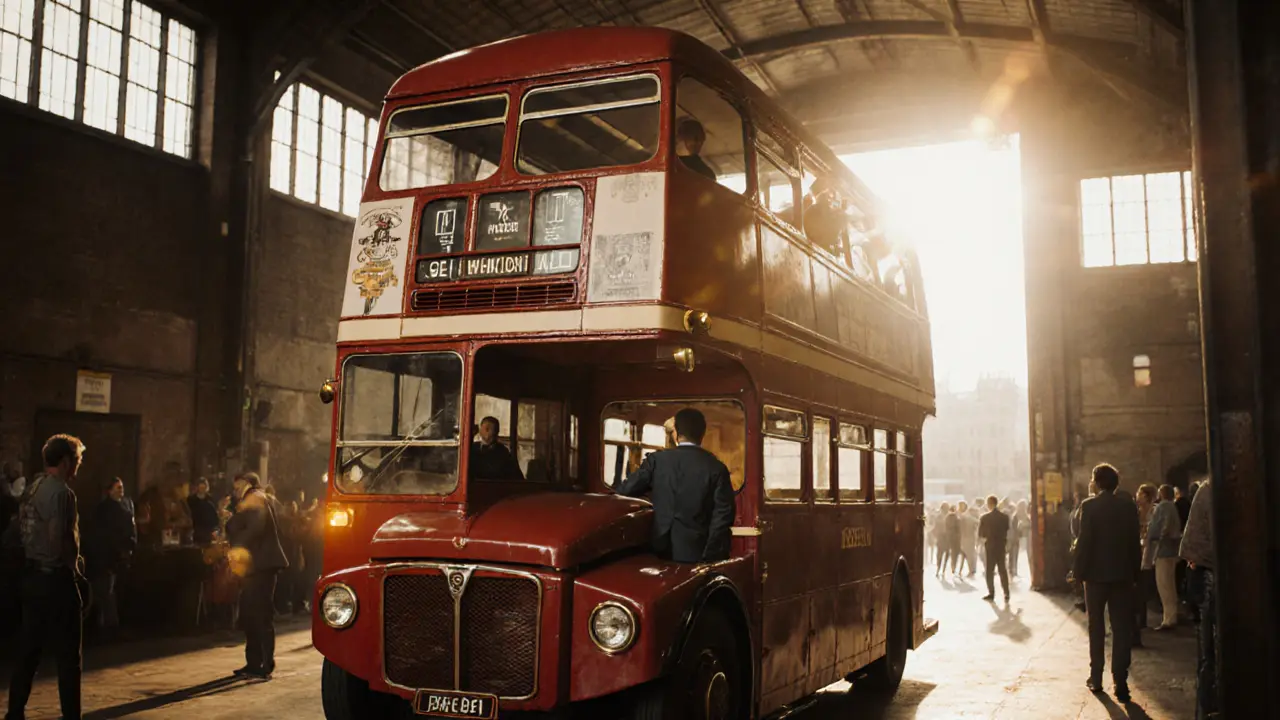London Transport History – Your Quick Guide to the City’s Travel Evolution
Ever wondered how London went from cobbled streets and horse‑drawn carriages to the world‑famous Tube and sleek Overground lines? The answer lies in a series of bold ideas, crazy engineering, and a lot of trial‑and‑error. This guide breaks down the biggest moments, so you can spot the old‑school charm while you’re out and about.
From Carriages to the Tube
In the early 1800s, Londoners relied on omnibuses and hansom cabs. Those wooden wheels rattled over uneven roads, and traffic jams were already a nightmare. The first real shake‑up came in 1863 with the Metropolitan Railway – the world’s first underground line. It started with just six stations and steam‑powered trains, but the idea caught on fast.
By the turn of the 20th century, electric trains replaced the noisy steam engines, making rides smoother and stations cleaner. The iconic deep‑level “tube” lines you know today, like the Central and Piccadilly, opened between 1900 and 1910, cutting travel times dramatically.
Meanwhile, the city kept expanding its bus network. The famous red double‑decker buses first appeared in the 1950s, offering a cheap way to see the sights. Their distinctive look became a symbol of London, and they’re still a favorite for tourists and locals alike.
Modern Ways to Relive the Past
Fast forward to the 21st century and the Overground network stitches together suburbs, docklands, and hidden gems. If you grab a copy of the “London Overground map guide for young professionals,” you’ll find routes that pass straight by historic stations like Shoreditch and Camden, where you can feel the city’s old industrial vibe while sipping a coffee.
For a bird’s‑eye view, try a hot‑air balloon ride over the capital. The “London hot air balloons” scene has grown into a niche adventure that lets you float above landmarks, spotting the River Thames winding past the very tracks that powered the old railways.
Want to walk the history? Stick to the “London hidden cafes” trail that follows former railway arches turned into cosy coffee spots. Each stop tells a story – former gas works, old freight yards, and even a former tram depot turned into a vibrant food market.
Don’t forget the museums. The Lifestyle Museum of London Docklands showcases the transformation from a bustling trade hub to a modern cultural hotspot. A quick visit gives you context for why the Docklands needed new transport solutions, leading to the creation of the Docklands Light Railway (DLR) in the 1980s.
Finally, keep an eye on future projects. The city’s plans for new Crossrail stations and electric bus fleets show how London continues to reinvent its travel system while honoring the past.
So next time you hop on a Tube train, ride the Overground, or drift above in a balloon, remember you’re part of a story that started over 150 years ago. Use the tips above to explore, learn, and enjoy London’s transport heritage – it’s richer than you might think.
- Elara Markham
- November 24, 2025
- Comments 0
Exploring History at the Lifestyle Transport Museum London
- Corbin Halesworth
- August 8, 2025
- Comments 0

